Spices
We source all spices from plantations in Karnataka and Kerala.
Cardamom
Cardamom (/ˈkɑːrdəməm/) is a spice made from the seeds of several plants in the genera Elettaria and Amomum in the family Zingiberaceae. Both genera are native to India, the largest producer until the late 20th century. They are recognised by their small seed pods, triangular in cross-section and spindle-shaped, with a thin, papery outer shell and small black seeds.
The German coffee planter Oscar Majus Kloeffer introduced Indian cardamom to cultivation in Guatemala before World War I; by 2000 that country had become the biggest producer and exporter of cardamom in the world, followed by India. Some other countries, such as Sri Lanka, have also begun to cultivate it. Elettaria pods are light green, while Amomum pods are larger and dark brown.
It is the world's third-most expensive spice, surpassed in price per weight only by vanilla and saffron.
We source highest quaity of cardamom Green Bold Varity from Wayanad in Kerala, and Coorg in Karnataka.
We also source and supply all other varities of green and black Cardamom.
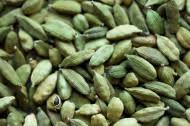
Black Pepper
Black pepper (Piper nigrum) is a flowering vine in the family Piperaceae, cultivated for its fruit, which is usually dried and used as a spice and seasoning. When dried, the fruit is known as a peppercorn. When fresh and fully mature, it is approximately 5 millimetres (0.20 in) in diameter, dark red, and, like all drupes, contains a single seed. Peppercorns, and the ground pepper derived from them, may be described simply as pepper, or more precisely as black pepper ( dried ripe fruit), green pepper (dried unripe fruit) and white pepper (ripe fruit seeds).
Black pepper is native to south India and is extensively cultivated there and elsewhere in tropical regions. Currently, Vietnam is the world's largest producer and exporter of pepper, producing 34% of the world's Piper nigrum crop as of 2013.
Dried ground pepper has been used since antiquity for both its flavour and as a traditional medicine. Black pepper is the world's most traded spice. It is one of the most common spices added to cuisines around the world. The spiciness of black pepper is due to the chemical piperine, not to be confused with the capsaicin characteristic of chili peppers. Black pepper is ubiquitous in the modern world as a seasoning and is often paired with salt.
We source Thellicherry Bold including organic varities directly from the plantations in Kerala and Karnataka.
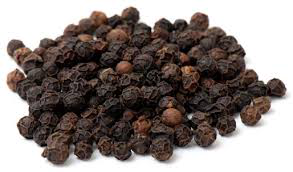
Red Chilli-Byadgi
Byadgi chilli (Kannada: ಬ್ಯಾಡಗಿ ಮೆಣಸಿನಕಾಯಿ) is a famous variety of chilli mainly grown in the Indian state of Karnataka. It is named after the town of Byadgi which is located in the Haveri district of Karnataka. The business involving Byadagi chillis has the second largest turnover among all chilli varieties of India. An oil, oleoresin extracted from these chillies is used in the preparation of nail polish and lipsticks.Byadagi chilli is also known for its deep red colour. Byadagi chilli is less spicy and is used in many food preparations of South India. Byadagi chilli has been accorded Geographical Indication (GI) in February 2011. Its GI tag is 144.
Red Chilli-Guntur
Guntur chilly is a type of chilly cultivated in Guntur region of Andhra Pradesh in India. They are renowned globally and exported to Asia, Canada, and Europe. Guntur district is the main producer and exporter of most varieties of Chillies and chilli powder from India to countries like Sri Lanka, Bangladesh, Middle East, South Korea, U.K. and USA & Latin America. Chilies have various colors and flavors because of the level of Capsaicin in them. Guntur chilies form an important part of curries and various popular dishes of the state of Andhra Pradesh in India.
We also source highly spicy Guntur Chilly.
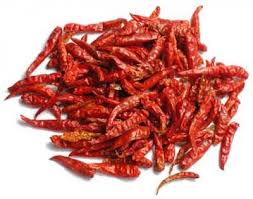
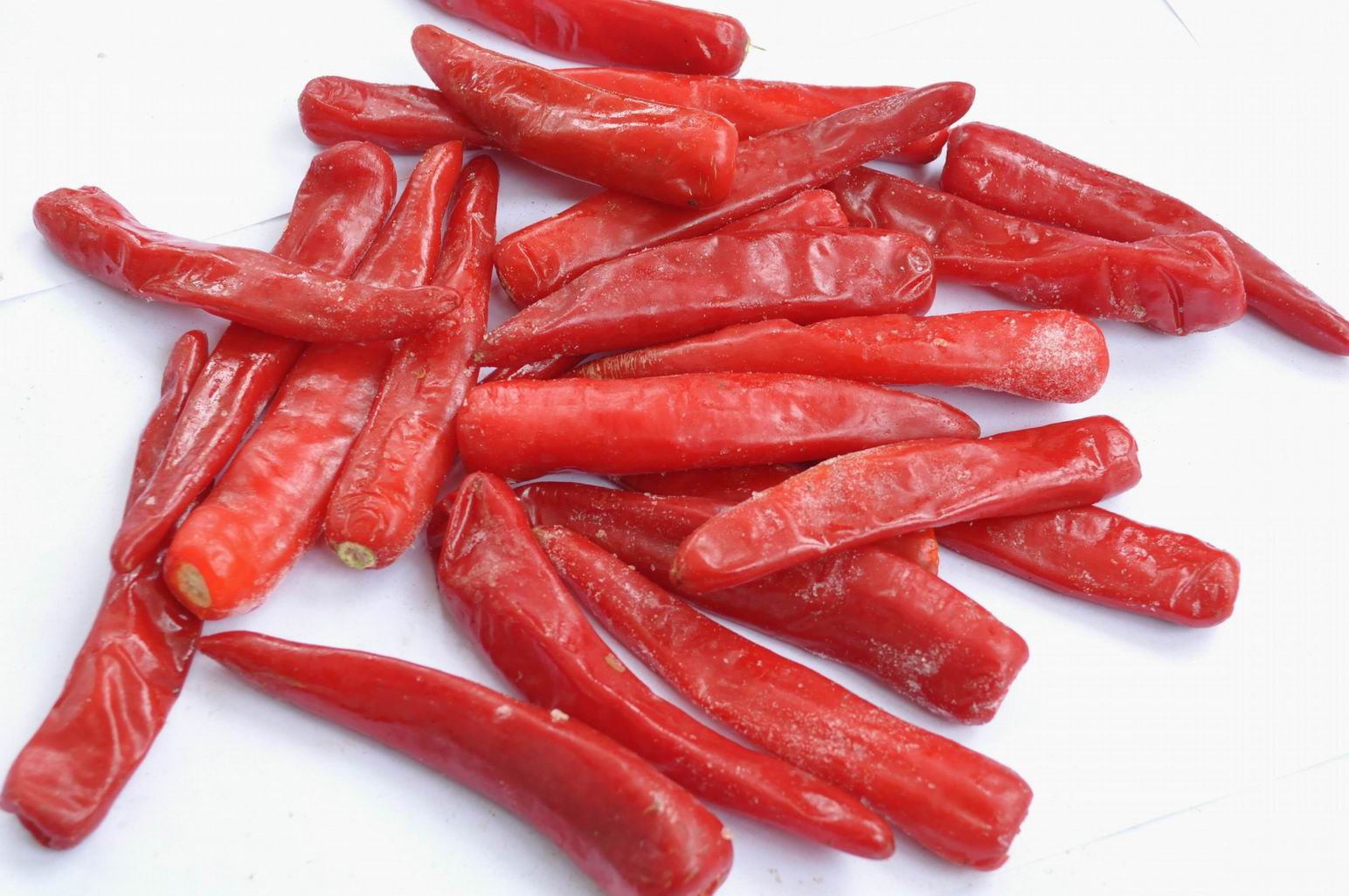
Coriander
Coriander (UK /ˌkɒrɪˈændə/; US /ˈkɔːriˌændər/ or /ˌkɔːriˈændər/; Coriandrum sativum), also known as cilantro (/sɪˈlɑːntroʊ/), Chinese parsley or dhania,is an annual herb in the family Apiaceae. Coriander is native to regions spanning from southern Europe and northern Africa to southwestern Asia. It is a soft plant growing to 50 cm (20 in) tall. The leaves are variable in shape, broadly lobed at the base of the plant, and slender and feathery higher on the flowering stems. The flowers are borne in small umbels, white or very pale pink, asymmetrical, with the petals pointing away from the center of the umbel longer (5–6 mm or 0.20–0.24 in) than those pointing toward it (only 1–3 mm or 0.039–0.118 in long). The fruit is a globular, dry schizocarp 3–5 mm (0.12–0.20 in) in diameter. The seeds are generally used as a spice or an added ingredient in other foods or recipes, although sometimes they are eaten alone.
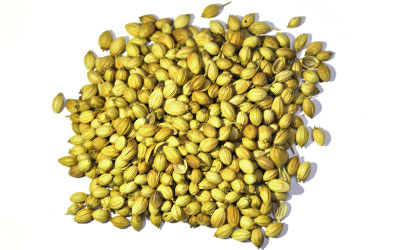
Turmeric
Turmeric (Curcuma longa) /ˈtɜːrmərɪk/ or /ˈtjuːmərɪk/ or /ˈtuːmərɪk/ is a rhizomatous herbaceous perennial plant of the ginger family, Zingiberaceae. It is native to southwest India, requiring temperatures between 20 and 30 °C (68 and 86 °F) and a considerable amount of annual rainfall to thrive. Plants are gathered annually for their rhizomes and propagated from some of those rhizomes in the following season. When not used fresh, the rhizomes are boiled for about 30–45 minutes then dried in hot ovens, after which they are ground into a deep-orange-yellow powder commonly used as a spice in most of the Asian Cuisine and curries, for dyeing, and to impart color to mustard condiments. One active ingredient is curcumin, which has a distinctly earthy, slightly bitter, slightly hot peppery flavor and a mustardy smell.

Cinnamon
Cinnamon (/ˈsɪnəmən/ SIN-ə-mən) is a spice obtained from the inner bark of several trees from the genus Cinnamomum that is used in both sweet and savoury foods. The term "cinnamon" also refers to its mid-brown colour. While Cinnamomum verum is sometimes considered to be "true cinnamon", most cinnamon in international commerce is derived from related species, which are also referred to as "cassia" to distinguish them from "true cinnamon". Cinnamon is the name for perhaps a dozen species of trees and the commercial spice products that some of them produce. All are members of the genus Cinnamomum in the family Lauraceae. Only a few of them are grown commercially for spice.
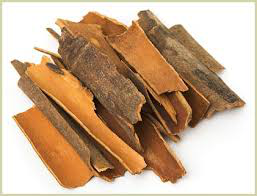
Cloves
Cloves are the aromatic flower buds of a tree in the family Myrtaceae, Syzygium aromaticum. They are native to the Maluku Islands in Indonesia, and are commonly used as a spice. Cloves are commercially harvested primarily in Bangladesh, Indonesia, India, Madagascar, Zanzibar, Pakistan, Sri Lanka and Tanzania. The clove tree is an evergreen tree that grows up to 8–12 m tall, with large leaves and sanguine flowers grouped in terminal clusters. The flower buds initially have a pale hue, gradually turn green, then transition to a bright red when ready for harvest. Cloves are harvested at 1.5–2.0 cm long, and consist of a long calyx that terminates in four spreading sepals, and four unopened petals that form a small central ball.
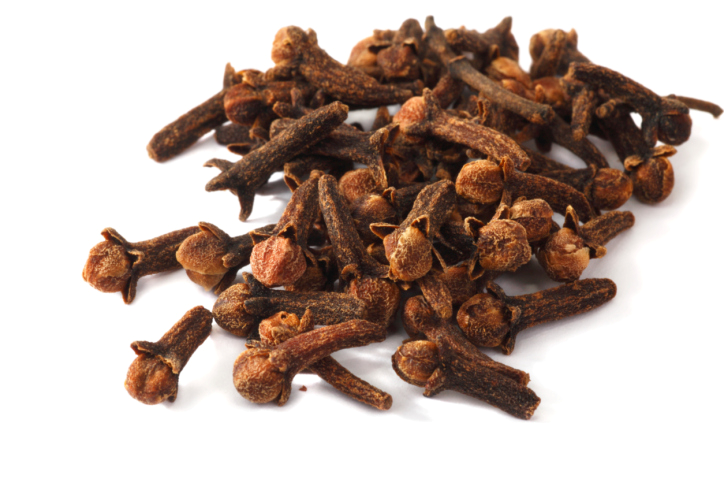
Fenugreek
Fenugreek (/ˈfɛnjᵿɡriːk/; Trigonella foenum-graecum) is an annual plant in the family Fabaceae, with leaves consisting of three small obovate to oblong leaflets. It is cultivated worldwide as a semiarid crop, and its seeds are a common ingredient in dishes from the Indian subcontinent. Major fenugreek-producing countries are Afghanistan, Pakistan, India, Iran, Nepal, Bangladesh, Argentina, Egypt, France, Spain, Turkey, and Morocco. The largest producer is India, where the major producing states are Rajasthan, Gujarat, Uttarakhand, Uttar Pradesh, Madhya Pradesh, Maharashtra, Haryana, and Punjab. Rajasthan accounts for over 80% of India's output.
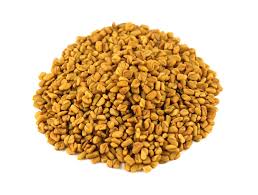
Cumin
Cumin (/ˈkjuːmᵻn/ or UK /ˈkʌmᵻn/, US /ˈkuːmᵻn/), sometimes spelled cummin, (Cuminum cyminum) is a flowering plant in the family Apiaceae, native from the east Mediterranean to India. Its seeds (each one contained within a fruit, which is dried) are used in the cuisines of many different cultures, in both whole and ground form. It also has many uses as a traditional medicinal plant.
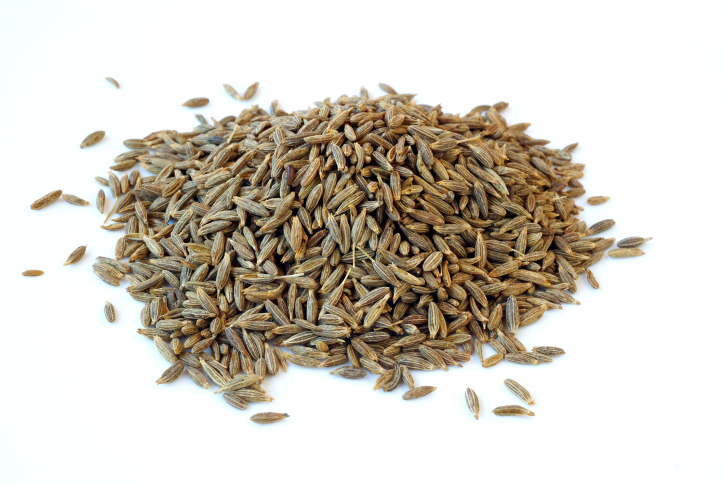
Nutmeg
Nutmeg (also known as pala in Indonesia) is one of the two spices – the other being mace – derived from several species of tree in the genus Myristica. The most important commercial species is Myristica fragrans, an evergreen tree indigenous to the Banda Islands in the Moluccas (or Spice Islands) of Indonesia. Nutmeg is the seed of the tree, roughly egg-shaped and about 20 to 30 mm (0.8 to 1.2 in) long and 15 to 18 mm (0.6 to 0.7 in) wide, and weighing between 5 and 10 g (0.2 and 0.4 oz) dried, while mace is the dried "lacy" reddish covering or aril of the seed. The first harvest of nutmeg trees takes place 7–9 years after planting, and the trees reach full production after twenty years. Nutmeg is usually used in powdered form. This is the only tropical fruit that is the source of two different spices, obtained from different parts of the plant. Several other commercial products are also produced from the trees, including essential oils, extracted oleoresins, and nutmeg butter.
